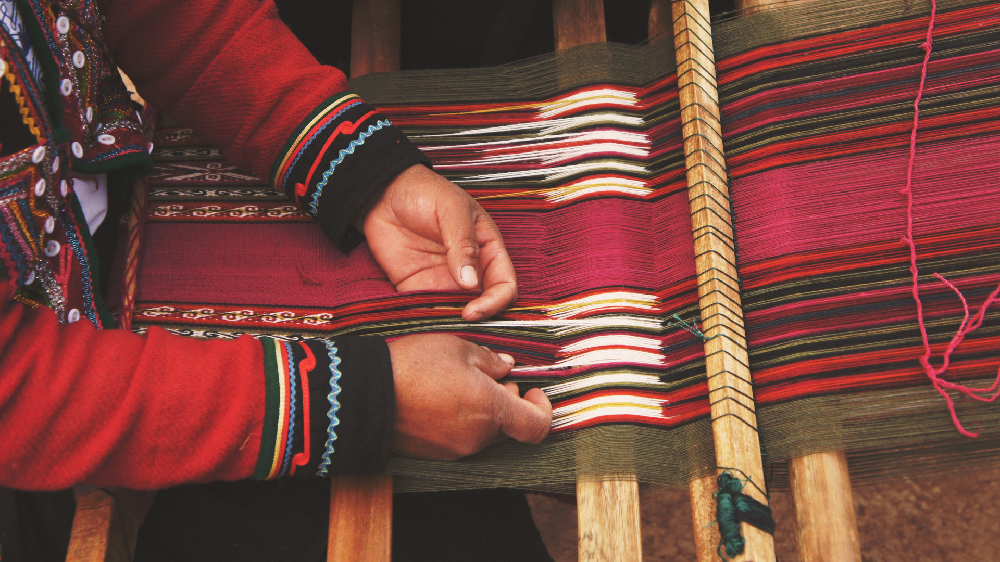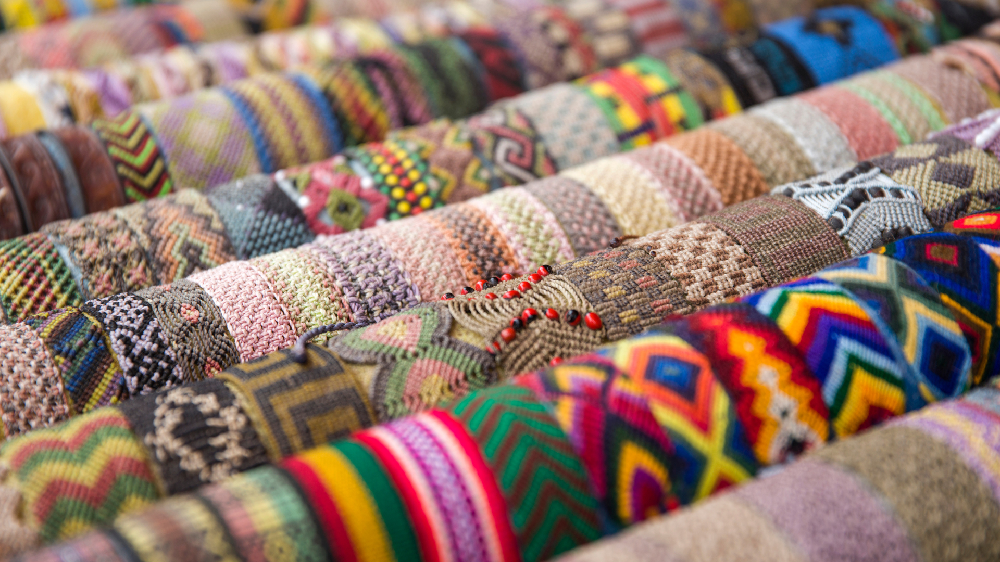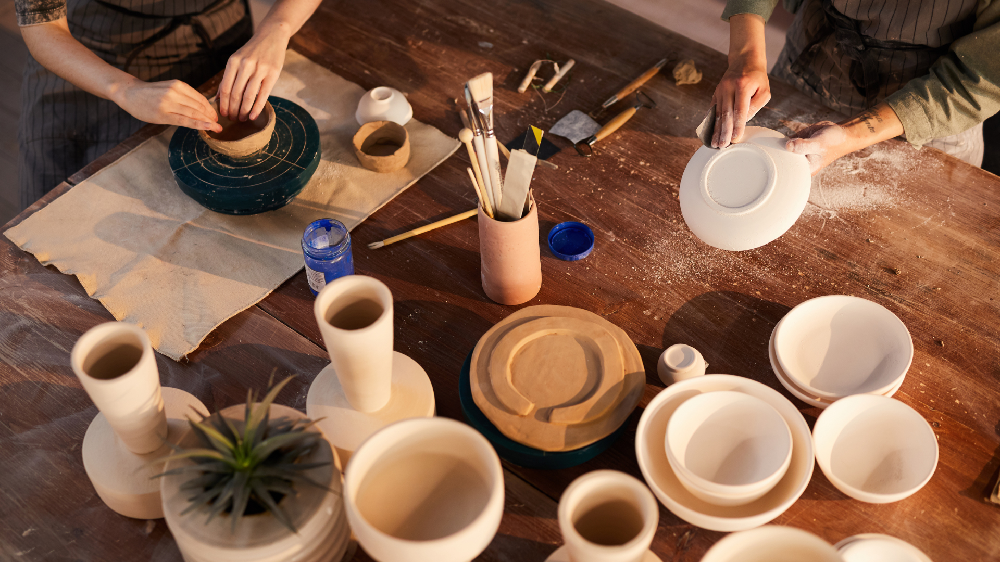 Episode 1: The Threads of Tradition
Episode 1: The Threads of Tradition
Introduce the significance of traditional textiles in Desi culture.
Discuss the historical roots and evolution of traditional textile crafts across different regions.
Highlight the cultural and symbolic importance of textiles in ceremonies, rituals, and everyday life.
Regional Spotlight:
Episode 2: Saree Stories
Explore the iconic Indian saree, its diverse styles, weaving techniques, and regional variations.
Feature renowned weaving clusters like Banarasi, Kanjivaram, and Chanderi, diving into their history and craftsmanship.
Episode 3: Beyond Borders: Pashmina Perfection
Journey to the Himalayan regions to uncover the secrets of Pashmina wool, celebrated for its softness and warmth.
Discuss the intricate process of Pashmina weaving and the cultural significance of these luxurious shawls.
Episode 4: Colors of Rajasthan: Bandhani and Block Prints
Immerse in the vibrant world of Rajasthani textiles, exploring the art of Bandhani tie-dye and traditional block printing techniques.
Showcase the rich hues and intricate patterns that adorn fabrics like Bandhej sarees and Jaipur quilts.
Artisan Chronicles:
Episode 5: Weaving Wonders: Tales from the Loom
Meet master weavers from rural villages and urban centers, sharing their stories, skills, and dedication to preserving traditional weaving techniques.
Highlight the challenges faced by artisan communities and initiatives supporting their livelihoods.
Episode 6: Embroidery Odyssey: The Needle's Narrative
Embark on a journey through the world of Desi embroidery, from the delicate stitches of Chikankari to the opulent embellishments of Zardozi.
Profile skilled artisans and explore the cultural motifs and designs woven into each stitch.
Modern Interpretations:
Episode 7: Contemporary Couture: Tradition Reimagined
Spotlight designers who blend traditional textiles with modern silhouettes, creating fusion wear that bridges heritage and innovation.
Showcase runway trends and celebrity endorsements that elevate traditional textiles to global fashion statements.
Sustainability Saga:
Episode 8: Sustainable Threads: Eco-Friendly Endeavors
Discuss the environmental impact of textile production and the resurgence of eco-friendly practices in traditional crafts.
Feature initiatives promoting sustainable sourcing, natural dyeing, and ethical labor practices in the textile industry.
Community Connection:
Episode 9: Threads of Unity: Textiles and Social Fabric
Explore how textiles play a role in fostering community identity, solidarity, and empowerment.
Highlight grassroots initiatives using textile art as a tool for social change and cultural preservation.
Conclusion:
Episode 10: Tapestry of Tradition: Continuing the Journey
Reflect on the rich tapestry of stories, craftsmanship, and cultural heritage explored in the series.
Encourage readers to support traditional textile artisans and continue their exploration of Desi culture through textiles.

 Market Overview: The Indian fashion e-commerce market has witnessed exponential growth, fueled by the presence of numerous e-commerce platforms catering specifically to fashion. These platforms offer a wide range of products, including ethnic wear, western wear, accessories, footwear, and more.
Market Overview: The Indian fashion e-commerce market has witnessed exponential growth, fueled by the presence of numerous e-commerce platforms catering specifically to fashion. These platforms offer a wide range of products, including ethnic wear, western wear, accessories, footwear, and more.
 Handloom Weaving: Artisans across India are known for their intricate handloom weaving techniques. Each region has its own distinctive style, producing textiles like Banarasi silk, Kanchipuram silk, and Pochampally ikat.
Handloom Weaving: Artisans across India are known for their intricate handloom weaving techniques. Each region has its own distinctive style, producing textiles like Banarasi silk, Kanchipuram silk, and Pochampally ikat.